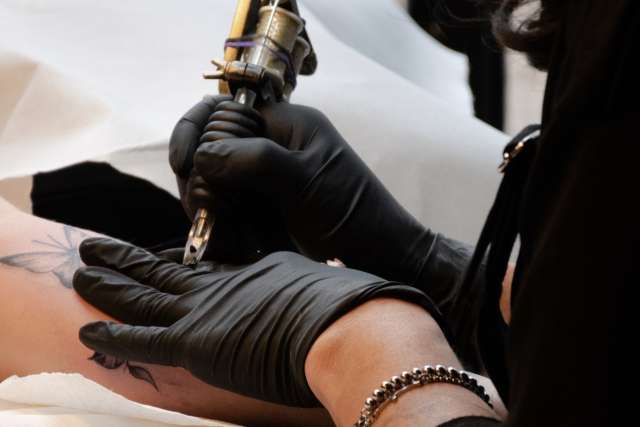Dear Doctors: What is the latest understanding, from a medical standpoint, about the safety of tattoos? I read about someone with a tattoo who received burns on his chest during an MRI. I also heard about tattoo ink interfering with X-ray results. Are these possible outcomes or simply urban legends?
Dear Reader: Tattoos, in which pigments are inserted into the top layer of skin to create a permanent mark or design, date back thousands of years. Historians cite tattooed mummified remains, which radiocarbon dating revealed to be at least 5,000 years old, as the earliest known examples of the practice. Over the millennia, tattoos have variously been used as charms, talismans, status symbols, decorations, declarations of beliefs and also as punishment. Today, with their sometimes-fraught history left behind, tattoos have become a widely accepted form of self-expression. Permanent makeup, which uses the tattoo process to reproduce the effects of cosmetics on lips, eyelids and eyebrows, is also growing in popularity.
Data collected in recent surveys suggest that from one-third to up to half of all adults in the United States have at least one tattoo. This has led to a growing awareness of the potential adverse effects of the practice.
Because the act of tattooing pierces the skin, bacterial or viral infection is a risk. This can occur if the inks are contaminated, if the tattoo artist’s tools or hands are not clean, or if the person fails to take proper care of their fresh tattoo while it is healing. Some people find they are allergic to pigments or other ingredients in the ink and develop an itchy rash with bumpy, scaly or flaky skin. And because the ink is permanent, the body’s response to it can persist, as well.
The tattoo process itself, during which the tattoo needle punctures the skin thousands of times per minute, can lead to the development of scar tissue, raised bumps known as granulomas or a thickening of the skin known as keloids. Medical data shows that about 5% of people who get a tattoo develop an infection, and up to 10% experience short-term complications.

You’re correct that tattoos have been known to interfere with certain types of medical scans, such as an MRI. When pigments in tattoo inks include metal ores, it is possible for them to interact with the magnetic field of the scanner. Surgeons doing biopsies have noted that nearby lymph nodes are sometimes stained with tattoo ink that has been absorbed and then carried off by immune cells. It’s possible that, if ferrous particles are present, the migrated ink can affect the appearance of a lymph node in an X-ray. However, these types of complications are quite rare. A hospital in Germany, where scans were performed on thousands of patients with tattoos, found that it occurs in less than 1% of cases.
But you bring up a good point: Tattoo inks are not regulated in the U.S., and manufacturers are not required to disclose their contents. In addition to researching the skill and safety of a specific tattoo artist, learning as much as possible about the inks that are used is a good idea.
(Send your questions to [email protected], or write: Ask the Doctors, c/o UCLA Health Sciences Media Relations, 10960 Wilshire Blvd., Suite 1955, Los Angeles, CA, 90024. Owing to the volume of mail, personal replies cannot be provided.)





